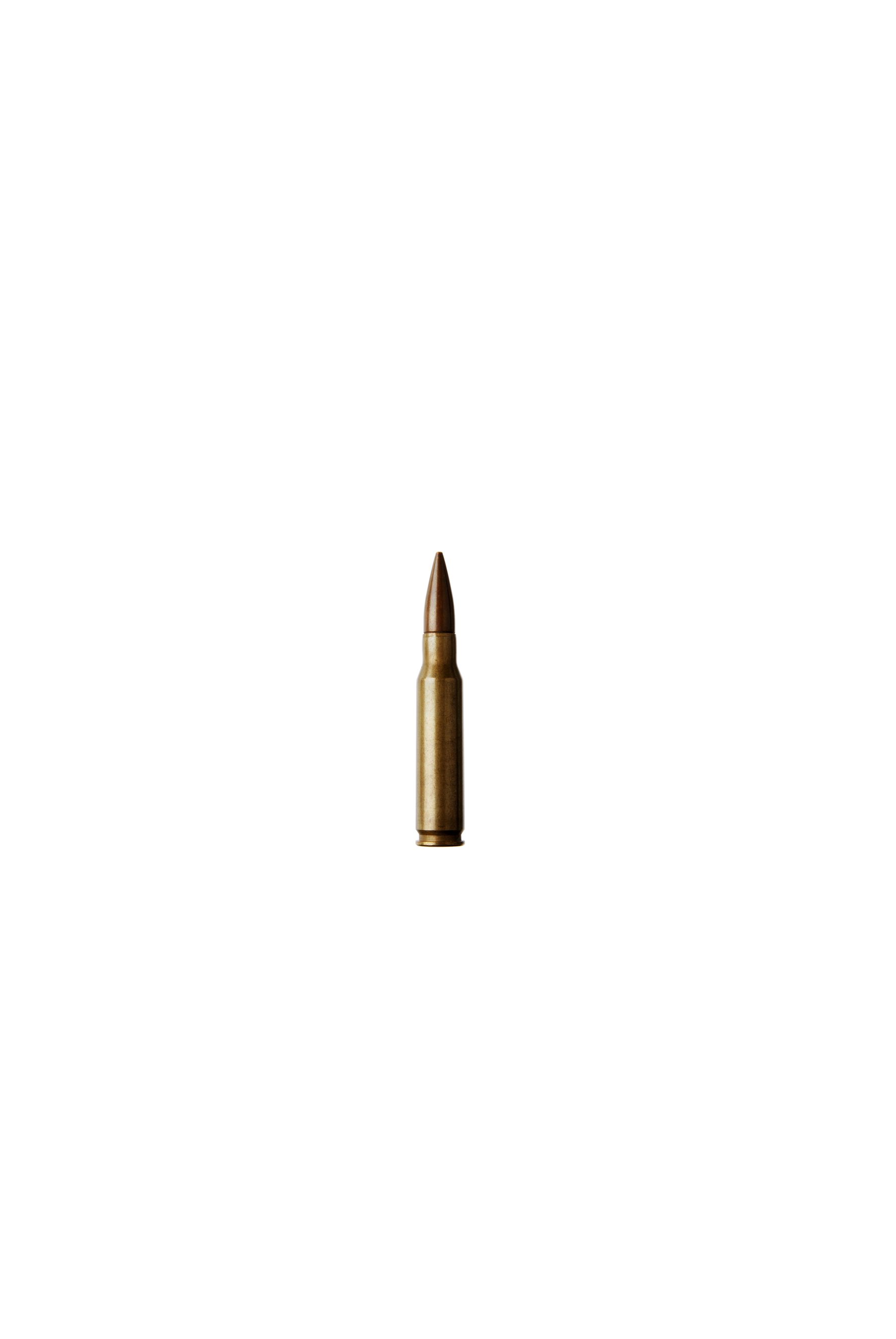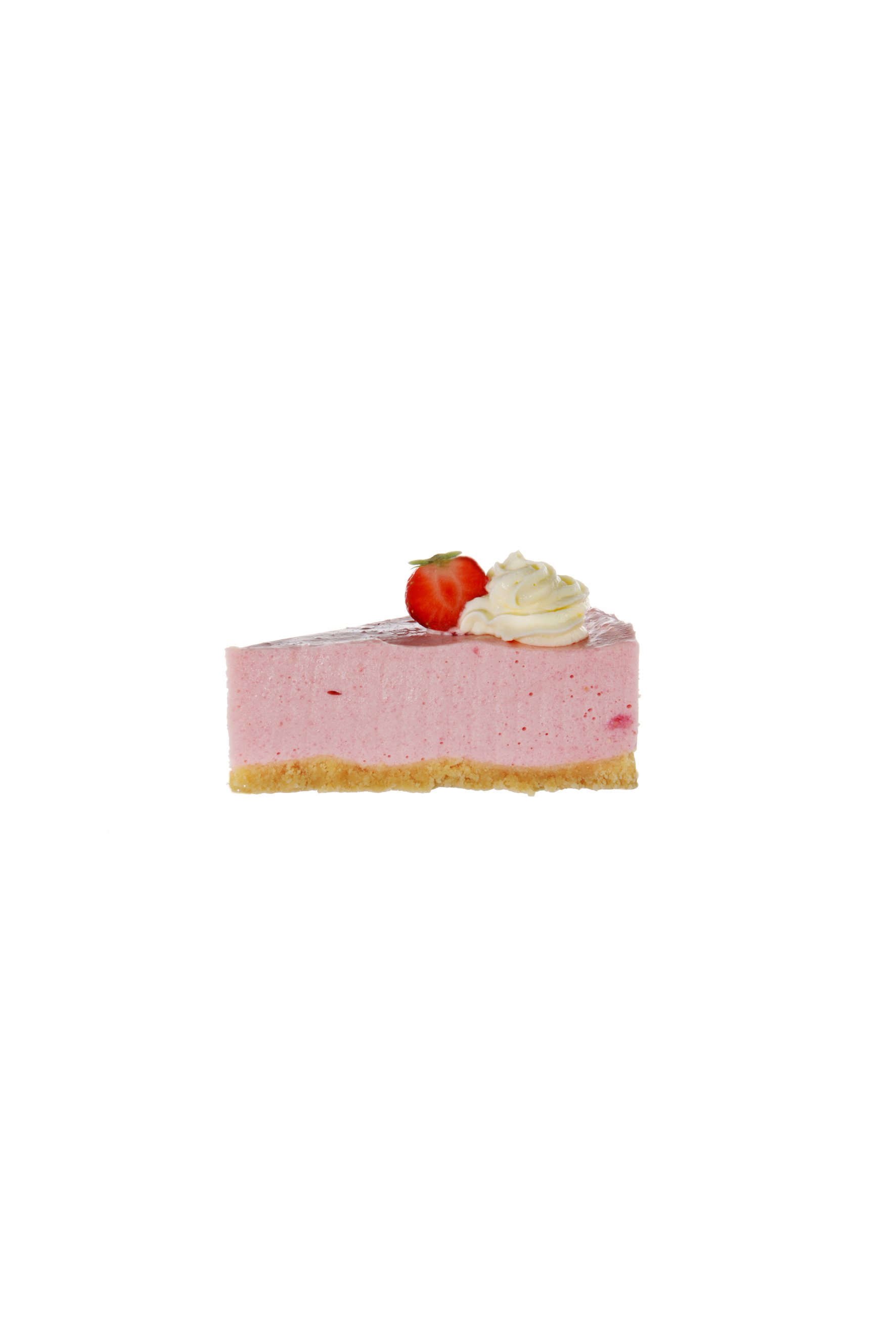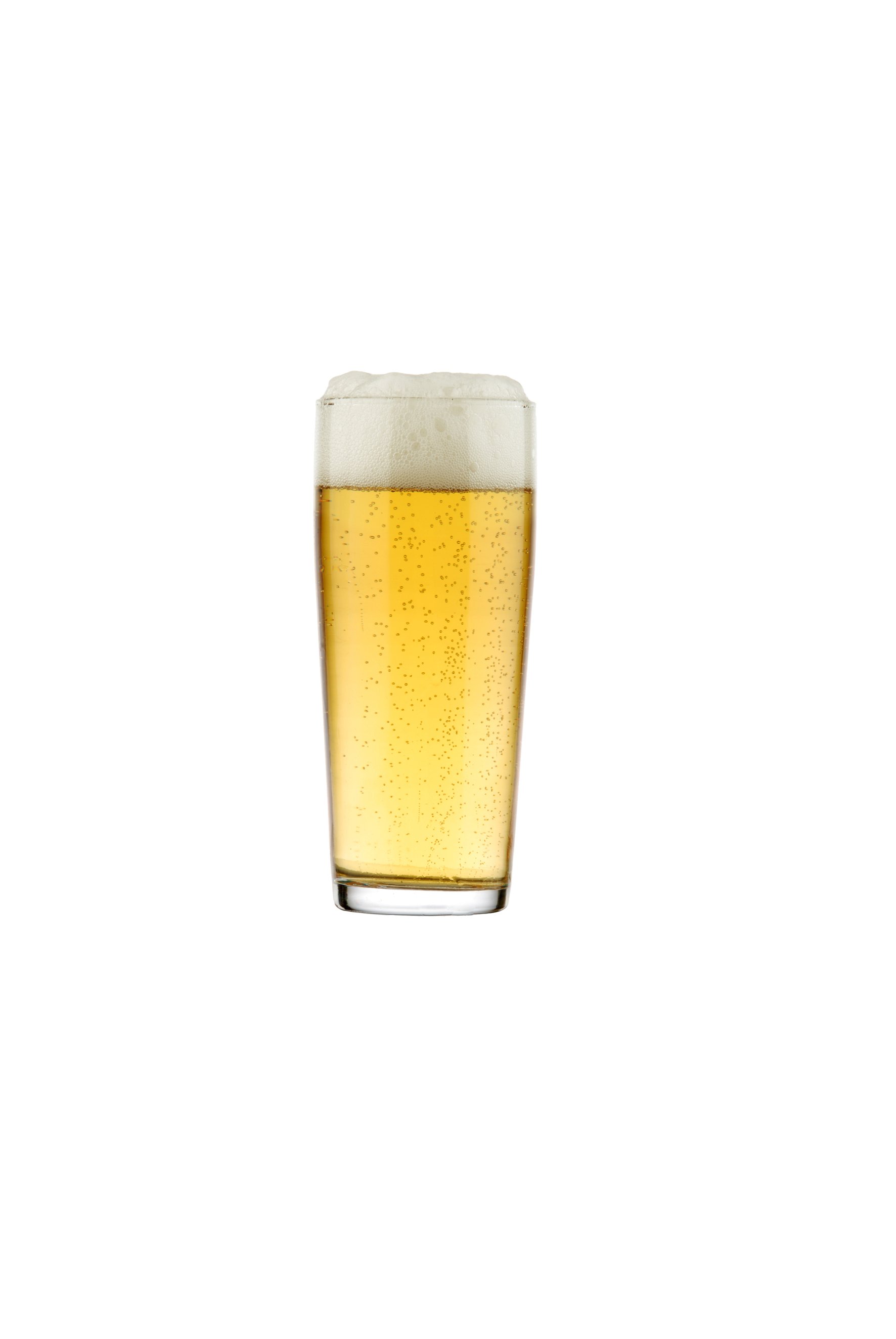What happens to a pig after it has been slaughtered? Of course, part of the animal is meant for consumption, but what happens to the rest? Over three years, designer Christien Meindertma has investigated exactly what products are made from pigs. Her quest provided her with 187 products and led her to a tattoo artist, dentist, farmer and weapon specialist. Beer, medicine, munitions, cardiac valves, brake discs and bubblegum: these are but a few products that contain parts, or sometimes minuscule particles, of a pig. For the very first time an almost surgical dissection of one specific pig is exhibited: PIG 05049 is on display in the Kunsthal, together with all the products that originate from it. The presentation can be considered as the preamble to KunsthalKOOKT, Festival of Real Taste, to be held from 26 up to 28 September.
Not for vegetarians
PIG 05049 weighs 103,7 kilograms, of which 54 kilograms is meat. This provides for products well-known to the public, such as minced meat, pork rib, ham and pork tenderloin. Meindertsma investigates closely the exact distribution of the pig and while doing so, presents an astonishing image. Dutch pigs arrive at one specific firm after slaughter - and from there on, parts of the pig are transported world-wide. From the skin, bones, meat, organs, blood, fat and other parts of the pig, amongst which brains, hoofs, hair and tail, numerous products are fabricated. Some products stay rather closely related to their original form, whilst others are simply impossible to convert. Well-known gelatin from pig skin is used for liquorices and wine gums, but also added to cheesecake and tiramisu. In the weapon industry this gelatin is used as conductor for bullets.
Pork fat is used in, amongst others, anti-wrinkle cream and shampoo, information that producers only reluctantly divulge. The sturdiness of matches is due to the glue made from pig bones and porcelain is manufactured from its ashes. Protein from pig's hair is what makes bread soft, and tails are cooked and eaten in Jamaica. Every part of a pig is either eaten or somehow processed otherwise. If anything, however, should be nevertheless left over, it is converted into green electric power.

Publication
'PIG 05049', 416 pages, ISBN 9789081241311, € 38,50

